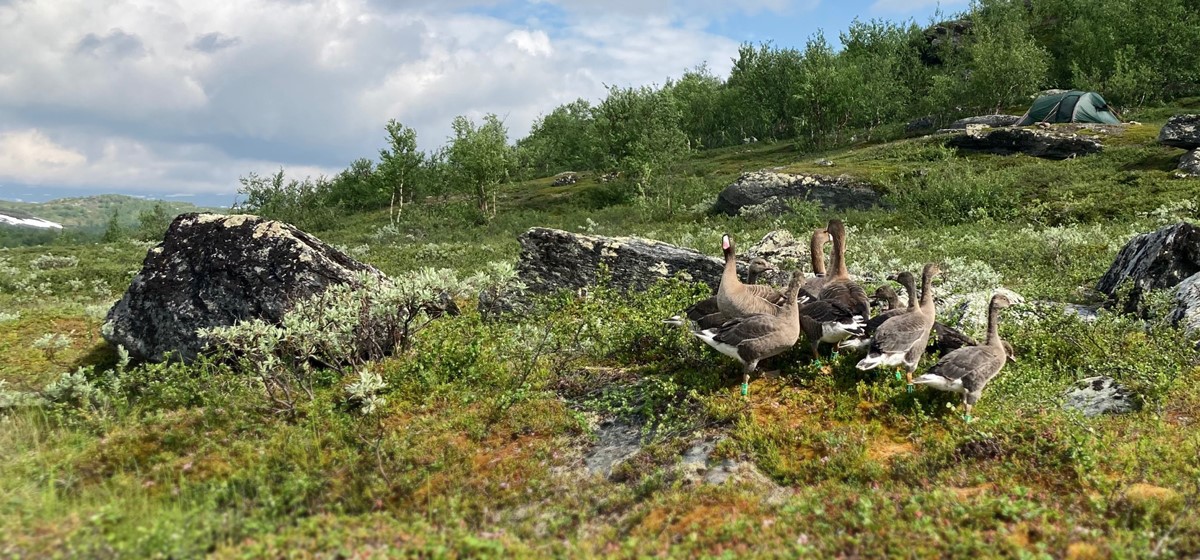Lesser white-fronted goose conservation
The lesser white-fronted goose, Anser erythropus, used to be a relatively common breeding bird in the Swedish mountains and areas near the mountains, but after a dramatic decline in the 20th century, the species almost completely disappeared from Sweden. Nowadays the lesser white-fronted goose only breeds in a limited area in the Arjeplog¨mountains and is one of Sweden's most threatened bird species.
The reason behind the reduction is considered to be hunting along the migration route and the wintering grounds around the Caspian sea and the Black sea. In Sweden, the species is protected and therefore may not be shot. It belongs to "the state's game", and if you find a dead or injured lesser white-fronted goose, you should therefore contact the authorities. Other threats to the survival of the species are hydropower expansion, increased distribution of both red foxes and mink in higher mountain zones, and overgrowth of mowing fields at the species' resting places. A relatively new and serious threat to the lesser white-fronted geese is disturbance from human activities on the nesting grounds.
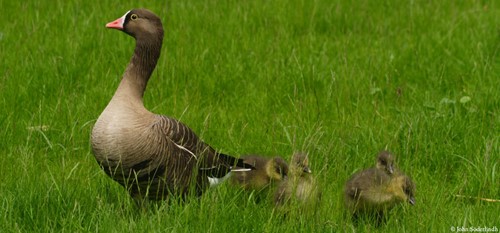
To help the lesser white-fronted goose survive as a breeding bird in Sweden, Project Lesser White-fronted Goose was started in the 1970s by the Swedish Hunters' Association. The collaboration with Nordens Ark began already when the park opened in 1989. In the coming years, Nordens Ark sent over 50 lesser white-fronted geese to the release project, and in total the project released 348 geese in the Swedish mountains during the years 1981–1999. Goose chicks were released together with barnacle geese, Branta leucopsis, which acted as foster parents. The system of foster parents meant that a deliberate change was made in the migration route of the geese to the new wintering grounds, mainly in Holland. The method was successful, but in 1999 the releases were paused when it was discovered that some geese in the breeding population carried genes from the greater white-fronted goose (Anser albifrons). All geese used up to and including 1999 were removed from the breeding program and during 2000–2006 the project made no releases.
What we do at Nordens Ark
Project Lesser White-fronted Goose is one of Sweden's oldest species conservation projects - today it is a collaboration between the Swedish Hunters' Association, Nordens Ark and the Ornithological Society of Norrbotten. The project is conducted completely in line with the Swedish action program for mountain geese. Lesser white-fronted geese are raised at Nordens Ark and at Öster Malma, and released into the Swedish mountains. After that, they are allowed to live freely and hopefully return to breed in the Swedish mountains.
The lesser white-fronted geese included in the breeding program now originate from wild lesser white-fronted geese in Russia. Through a collaboration with Russian authorities and goose researchers, over 50 lesser white-fronted goose chicks were captured on the Russian tundra, without harming the Russian population. They were then transported to the breeding facilities built at Nordens Ark and Öster Malma.
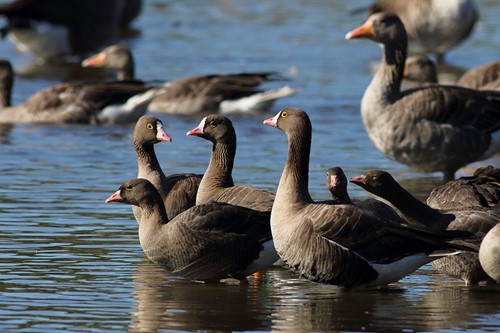
The lesser white-fronted geese in the new breeding population first reproduced in 2008 and since then over 800 lesser white-fronted geese have been born, with the majority released into the wild.
When the chicks are about a month old, they begin to be prepared for release into the wild. They are ringed and undergo a health check. The ringing is a prerequisite for being able to identify the geese and follow them if and when they are observed at resting places and in the wintering area. During the actual release in the Swedish mountains, the geese are placed in temporary enclosures with access to water in one part of the enclosure. There they can calm down after the transport and get used to their new environment. One day, the makeshift enclosures are opened and the lesser white-fronted geese are released into the wild.
Slowly but surely, the conservation work has yielded results. In 2010 there were only 35 lesser white-fronted geese left in Sweden, but in 2022 there were at least 130 individuals that returned to the nesting site.
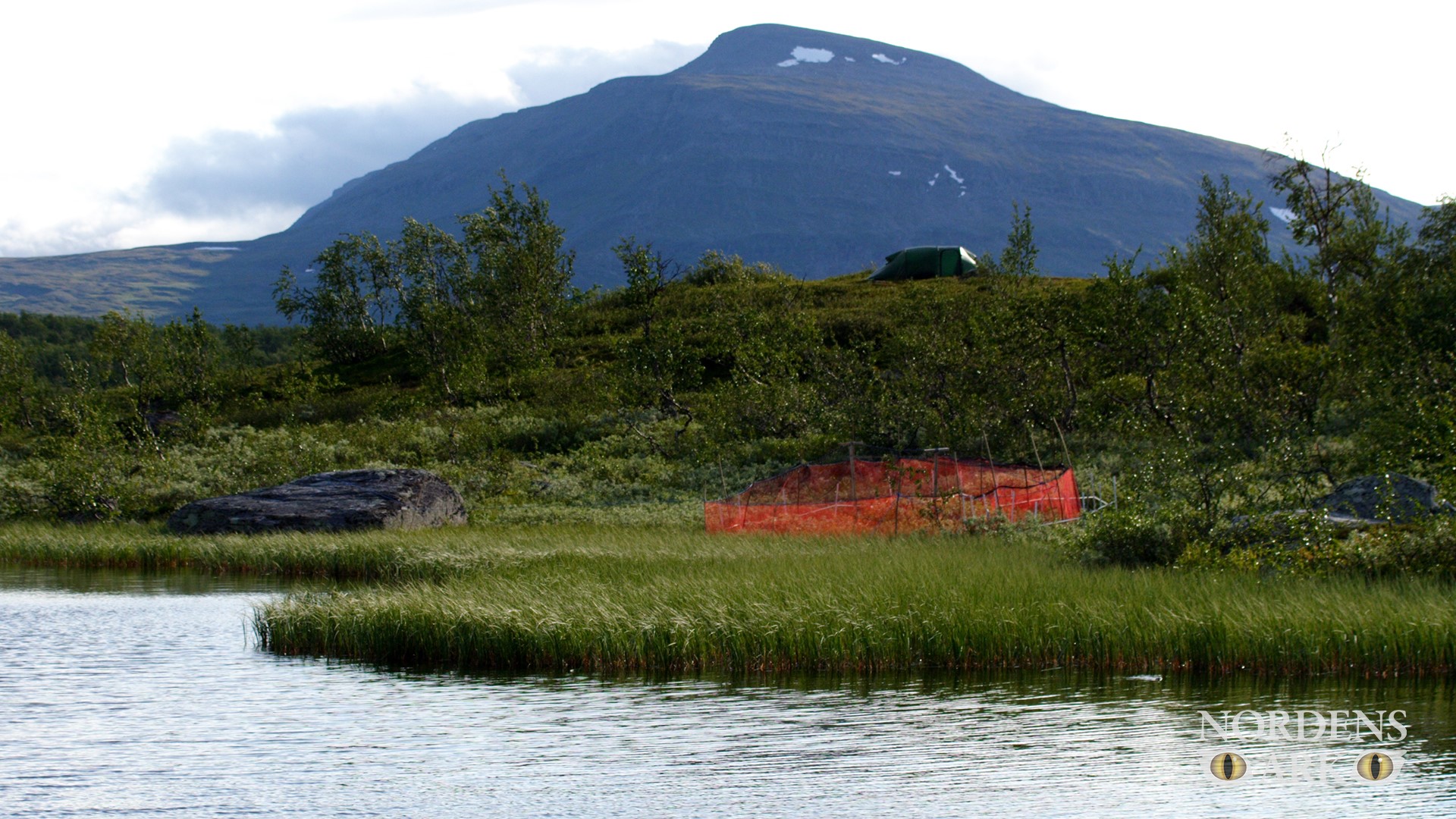
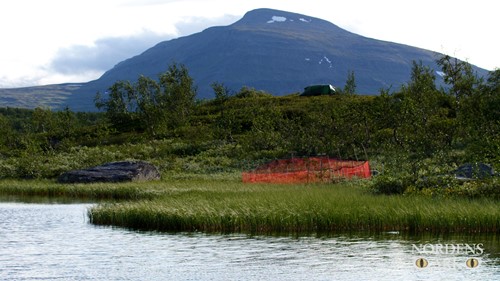
Lesser white-fronted in a temporary aviary before release.
News from the project - March 2024
From Nordens Ark and Öster Malma, a total of 29 lesser white-fronted geese could be released into the Arjeplogs and Gällivare mountains.
The breeding success in the wild for the Swedish population of lesser white-fronted geese in 2023 was good for the third year in a row with at least 24 chicks from 12 breeding pairs. Once in their winter quarters, at least 64 geese could be counted in the Netherlands, which is the highest number in the area since 2011/12. The number of people who report their sightings of lesser white-fronted geese to the Swedish Species Observation System has also increased in the last 20 years.
In collaboration with
The Swedish association for hunting and wildlife and the Ornithological Society of Norrbotten
To find out how the Lesser White-Fronted Goose Project works, and how the breeding and releases are going, watch this YouTube video.


